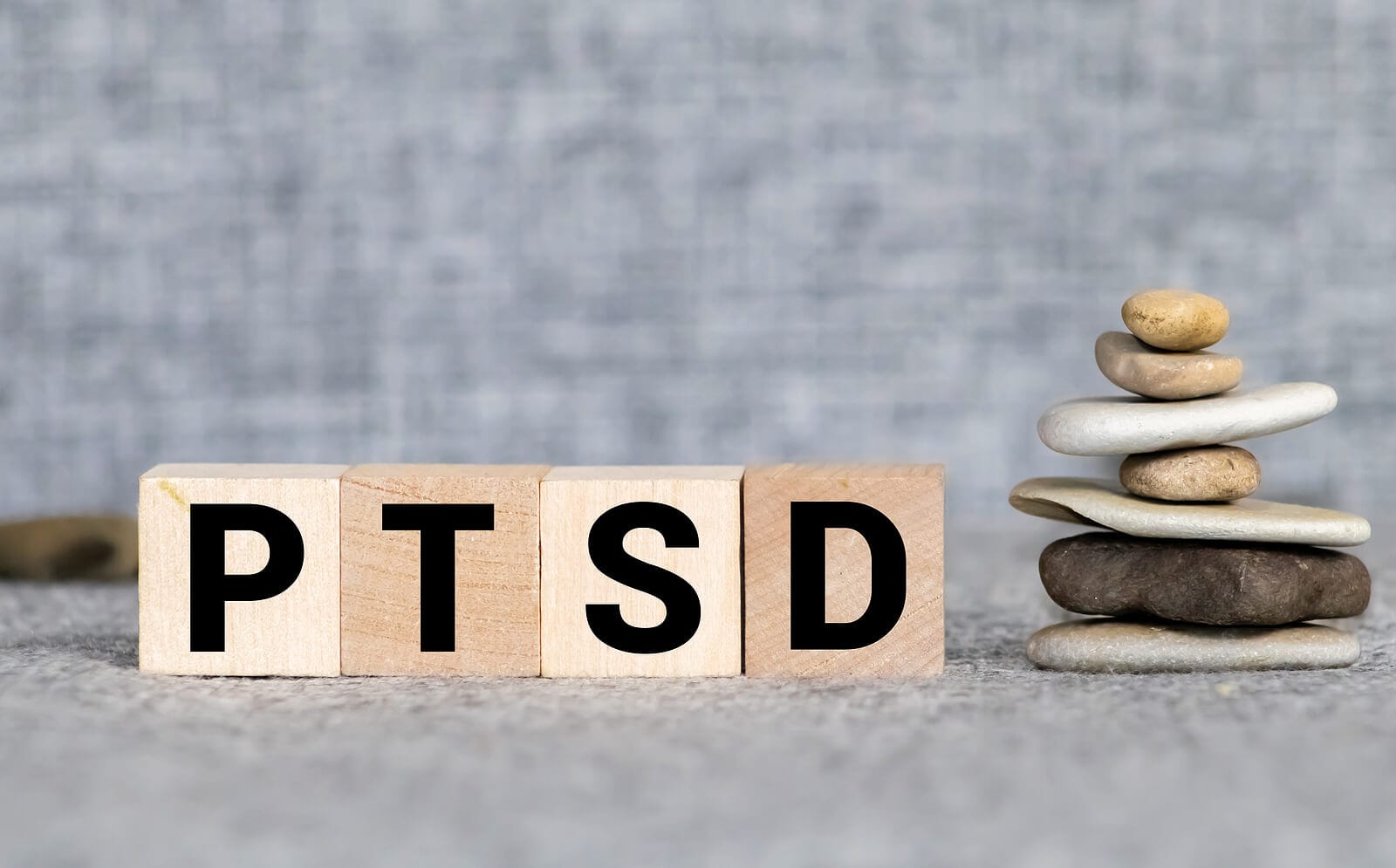Post-traumatic stress disorder (PTSD) can debilitate an individual’s mental health, causing them to relive traumatic experiences, suffer from flashbacks, and have difficulty sleeping or concentrating. Creating a treatment plan that addresses the individual’s unique needs is essential for their recovery. A PTSD treatment plan may include medication, psychotherapy, lifestyle changes, and support from family and friends. This blog post will explore the key components and strategies involved in creating a comprehensive PTSD treatment plan. Whether you seek treatment for yourself or a loved one, this guide will provide valuable insights on working collaboratively with mental health professionals to achieve the best possible outcome. By implementing the strategies discussed in this post, you can take the first steps towards regaining control of your life and overcoming the challenges of living with PTSD.
Key Components Of A PTSD Treatment Plan
Diagnosis And Assessment
Diagnosis and assessment are the initial steps in developing a PTSD treatment plan. These steps help healthcare providers identify the symptoms of PTSD and determine the severity of the condition. The following are the critical components of diagnosis and assessment:
- PTSD Symptoms Checklist: PTSD is a complex disorder that can be challenging to diagnose. A PTSD symptoms checklist can be used to identify symptoms and diagnose PTSD. The checklist includes symptoms such as flashbacks, avoidance behavior, hypervigilance, and nightmares. A healthcare provider may use the checklist to assess symptoms and determine if a patient meets the diagnostic criteria for PTSD. It’s important to note that not all patients with PTSD will experience the same symptoms, which may vary in intensity and duration.
- Medical Evaluation: A medical evaluation is essential to a PTSD assessment. A healthcare provider will conduct a physical exam and review the patient’s medical history to rule out any medical conditions contributing to symptoms. Medication or other medical interventions may sometimes be necessary to manage symptoms.
- Psychological Evaluation: A psychological evaluation is another essential component of a PTSD assessment. A mental health professional will evaluate the patient’s mental health, including symptoms of PTSD and any other mental health conditions. The evaluation may include interviews, questionnaires, and other assessments to gather information about the patient’s symptoms and overall mental health. The evaluation results can be used to develop an effective treatment plan tailored to the patient’s specific needs.
Setting Treatment Goals
After the diagnosis and assessment, the healthcare provider and patient can work together to establish treatment goals. Setting treatment goals is essential in helping patients regain control of their lives and overcome PTSD. The following are the key components of setting treatment goals:
- Specific, Measurable, Attainable, Relevant, and Time-Bound (SMART) Goals: Using the SMART criteria can help ensure that goals are specific, measurable, attainable, relevant, and time-bound. Specific goals should be clear and well-defined, measurable goals should be quantifiable and allow for tracking progress, attainable goals should be challenging but achievable, relevant goals should align with the patient’s overall treatment plan and needs, and time-bound goals should have a clear deadline.
- Prioritizing Goals: Prioritizing goals is also essential when setting treatment goals for PTSD. Patients may have a wide range of symptoms and challenges, and it may not be possible to address all of them at once. Prioritizing goals allows patients and healthcare providers to focus on the most pressing issues, leading to better outcomes and a more efficient treatment plan. Prioritizing goals may involve identifying which symptoms are most disruptive to the patient’s daily life, which are most achievable in the short term, and which goals will significantly impact overall well-being.
Choosing Treatment Modalities
Choosing the appropriate treatment modality is critical to a PTSD treatment plan. The following are some of the most common treatment modalities used to treat PTSD:
- Cognitive Behavioral Therapy (CBT): CBT is a form of talk therapy that helps patients change negative thought patterns and behaviors. CBT is effective in reducing the symptoms of PTSD.
- Eye Movement Desensitization and Reprocessing (EMDR): EMDR is a type of therapy that employs eye movements to reduce the intensity of traumatic memories. EMDR is effective in reducing the symptoms of PTSD.
- Prolonged Exposure Therapy (PE): PE is a form of therapy that involves confronting traumatic memories in a safe and controlled environment. This therapy aims to help patients overcome avoidance behaviors and reduce the intensity of traumatic memories.
- Medication: Medication, such as antidepressants and anti-anxiety medications, can be effective in reducing the symptoms of PTSD. Medication should be prescribed by a healthcare provider and monitored closely.
- Alternative Therapies: Alternative therapies, such as yoga, meditation, and acupuncture, can be combined with other treatment modalities to reduce the symptoms of PTSD.
Developing A Safety Plan
Developing a safety plan is an essential component of a PTSD treatment plan. A safety plan helps the patient manage triggers and prevent further trauma. The following are the critical components of developing a safety plan:
- Identifying Triggers: Triggers are situations or experiences that can cause a PTSD episode. The patient and healthcare provider can work together to identify triggers and develop strategies to manage them.
- Coping Strategies: Coping strategies are techniques patients can use to manage PTSD symptoms. Coping strategies can include deep breathing exercises, mindfulness techniques, and physical exercise.
- Emergency Contacts: It’s essential to have a list of emergency contacts the patient can call in case of a crisis. Emergency contacts can include friends, family members, or healthcare providers.
- Crisis Hotlines: Crisis hotlines are available 24/7 and can provide immediate support in a crisis. Patients can call crisis hotlines for help and guidance during difficult times.
Strategies For Creating A PTSD Treatment Plan
Collaboration With Healthcare Providers
Collaboration with healthcare providers is crucial in creating an effective PTSD treatment plan. The following are strategies for collaborating with healthcare providers to create a successful PTSD treatment plan:
- Discussing Treatment Options: Healthcare providers can help patients comprehend their treatment options and make educated decisions about their treatment plans. The healthcare provider can explain each treatment option’s benefits and potential side effects and work with the patient to choose the best course of action.
- Communicating Progress: Communication between the patient and healthcare provider is critical in monitoring progress and adjusting the treatment plan. The patient should inform the healthcare provider of any changes in diagnosis or treatment side effects. The healthcare provider can then make changes to the treatment plan as needed.
Involving Support System
Involving a support system is also essential for creating a successful PTSD treatment plan. The following are ways to involve a support system in the treatment plan:
- Family and Friends: Family and friends can provide emotional support and encouragement during treatment. They can also help patients manage their triggers and provide practical support, such as appointment transportation.
- Support Groups: Support groups can provide a safe place for sufferers to interact with people who have been through similar experiences. Support groups can also offer education about PTSD and coping strategies.
- Peer support: Peer support is another type of support system that can be helpful in a PTSD treatment plan. Peer support involves connecting with others who have had similar experiences with PTSD and who can provide empathy, understanding, and practical advice. Peer support can be formal or informal and may take many forms, such as support groups, online forums, or one-on-one connections. Participating in peer support can benefit individuals with PTSD by reducing feelings of isolation and loneliness, increasing feelings of connection and social support, and providing a safe space to share experiences and emotions.
Self-Care
Self-care is an essential strategy for patients with PTSD to manage their symptoms and overall well-being better. The following are some self-care strategies that can be incorporated into a PTSD treatment plan:
- Exercise: Regular exercise can help reduce stress and anxiety, improve sleep quality, and increase overall physical health. Exercise can include walking, jogging, yoga, or strength training.
- Nutrition: Eating a balanced diet with fruits, vegetables, lean proteins, and whole grains can help improve mood, energy levels, and overall health.
- Sleep: Getting enough sleep is essential for overall well-being. Sleep hygiene practices such as establishing a regular sleep schedule, avoiding caffeine and alcohol before bed, and creating a comfortable sleep environment can help improve sleep quality.
- Mindfulness: Mindfulness practices such as meditation, deep breathing, and yoga can help reduce stress and anxiety and improve overall mental health.
- Hobbies: Engaging in activities that bring joy and relaxation, such as reading, gardening, or painting, can help reduce stress and provide a sense of purpose and fulfillment.
Challenges In Creating A PTSD Treatment Plan
Creating a PTSD treatment plan can be challenging due to the complex nature of PTSD and each patient’s unique experiences. The following are some common challenges that can arise when creating a PTSD treatment plan:
- Stigma: There is still a significant stigma surrounding mental health issues, including PTSD. Patients may feel shame or embarrassment about their symptoms, making seeking help and adhering to treatment difficult.
- Comorbidities: Many patients with PTSD also have other mental health conditions, such as depression or anxiety, that can complicate treatment and require additional support.
- Treatment Resistance: Some patients may resist or have difficulty adhering to treatment due to negative side effects, financial constraints, or other challenges.
- Lack of Resources: Mental health resources, such as therapy or medication, can be limited in some areas or for some populations, making it difficult for patients to access the treatment they need.
- Trauma Triggers: PTSD symptoms can be triggered by specific situations or experiences, such as loud noises or crowded spaces. Avoiding triggers can be challenging, and patients may require additional support and coping strategies to manage their symptoms.
In conclusion, creating a PTSD treatment plan is essential to managing symptoms, improving quality of life, and promoting overall well-being for patients with PTSD. Critical components of a PTSD treatment plan include diagnosis and assessment, setting treatment goals, choosing treatment modalities, and developing a safety plan. Strategies for creating a successful PTSD treatment plan include collaboration with healthcare providers, involving a support system, and practicing self-care.
While creating a PTSD treatment plan can be challenging, seeking help and support from healthcare providers, family and friends, and support groups is essential. With the right treatment plan and support, patients with PTSD can manage their symptoms and achieve a better quality of life.
If you or someone you know is struggling with PTSD, don’t hesitate to seek help. With the proper treatment and support, it’s possible to overcome the challenges of PTSD and live a fulfilling life.














